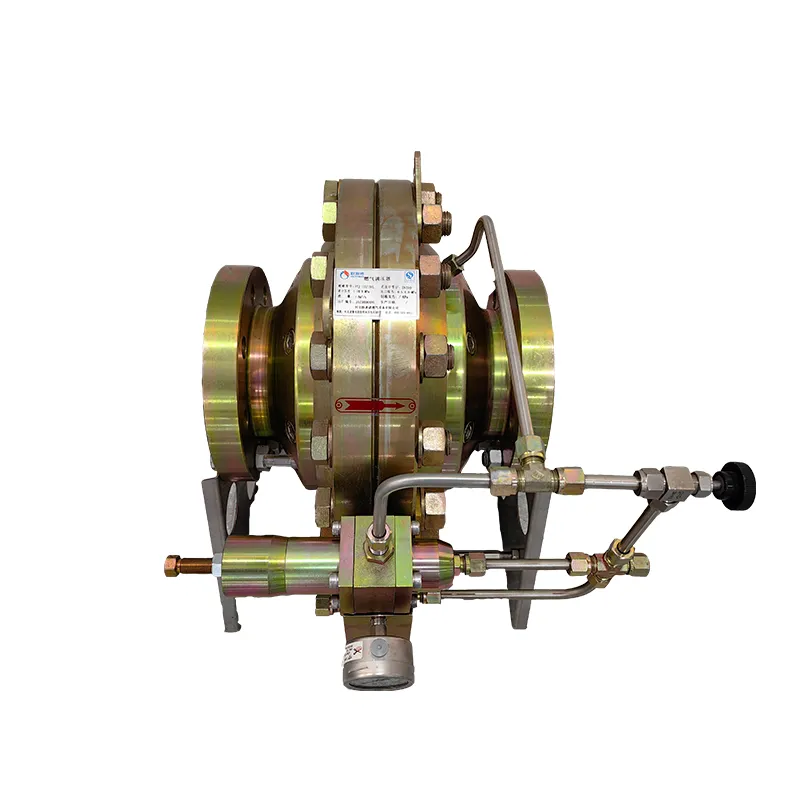
Nov . 22, 2024 01:09
Back to list
coalescing filter
Understanding Coalescing Filters A Key Component in Modern Filtration Systems
In an era where efficient filtration is paramount for various applications—from industrial processes to residential water treatment—the coalescing filter stands out as a crucial technology. Coalescing filters are designed to remove liquid contaminants from gases and facilitate the separation of immiscible liquids. Their operation is based on the principle of coalescence, where fine droplets collide and merge into larger droplets, which can then be easily separated and removed.
How Coalescing Filters Work
Coalescing filters utilize a fibrous medium that promotes the coalescence of small liquid droplets. As the contaminated fluid passes through the filter, droplets collide with the fibers, leading to their merger into larger aggregates. This process enhances the efficiency of capturing and removing contaminants, particularly in applications where water or oil must be separated from air or gas streams.
The design of coalescing filters often includes multiple stages. Initially, the filter captures the bulk of the liquid phase, allowing for a preliminary separation of larger droplets. As the fluid continues through the filter, smaller droplets are coalesced and removed, resulting in a cleaner output. The effectiveness of a coalescing filter can be influenced by factors such as the velocity of the fluid, the size of the droplets, and the properties of the filter medium itself.
Applications of Coalescing Filters
Coalescing filters have a broad range of applications across multiple industries
. In the oil and gas sector, they are indispensable for separating water from hydrocarbons, thereby ensuring that only clean, hydrocarbon-rich fluids enter processing units. In aviation, coalescing filters are integral to jet fuel filtration systems, where they effectively remove water and particulate matter, preventing engine contamination.coalescing filter

In the realm of environmental protection, coalescing filters are employed in wastewater treatment facilities to remove oil and grease from effluents, thus playing a critical role in meeting regulatory standards for discharged water. Additionally, these filters are used in various industrial processes, such as food and beverage production, where the quality of the air and liquids involved must be meticulously managed.
Benefits of Coalescing Filters
One of the primary advantages of coalescing filters is their ability to achieve high removal efficiencies for liquid contaminants. This capability not only enhances the quality of the end product but also prolongs the lifespan of equipment and reduces maintenance costs. Moreover, these filters often have a relatively small footprint, making them suitable for installations where space is limited.
Coalescing filters are also known for their versatility. They can be tailored to meet specific application needs, allowing for customization based on the size of contaminants, flow rates, and operational environments. This adaptability makes them valuable assets in both industrial and residential settings.
Conclusion
As industries continue to seek efficient and effective filtration solutions, coalescing filters will remain at the forefront of this technological evolution. Their ability to clean air and liquids by removing unwanted contaminants not only safeguards equipment and products but also contributes to environmental sustainability. By understanding the principles and applications of coalescing filters, organizations can make informed decisions about incorporating this technology into their operations, ensuring cleaner processes and compliance with health and safety regulations. The future of filtration technologies, thus, is likely to see a growing prominence of coalescing filters as essential components in achieving operational excellence.
Next:
Latest news
-
Safety Valve Spring-Loaded Design Overpressure ProtectionNewsJul.25,2025
-
Precision Voltage Regulator AC5 Accuracy Grade PerformanceNewsJul.25,2025
-
Natural Gas Pressure Regulating Skid Industrial Pipeline ApplicationsNewsJul.25,2025
-
Natural Gas Filter Stainless Steel Mesh Element DesignNewsJul.25,2025
-
Gas Pressure Regulator Valve Direct-Acting Spring-Loaded DesignNewsJul.25,2025
-
Decompression Equipment Multi-Stage Heat Exchange System DesignNewsJul.25,2025

